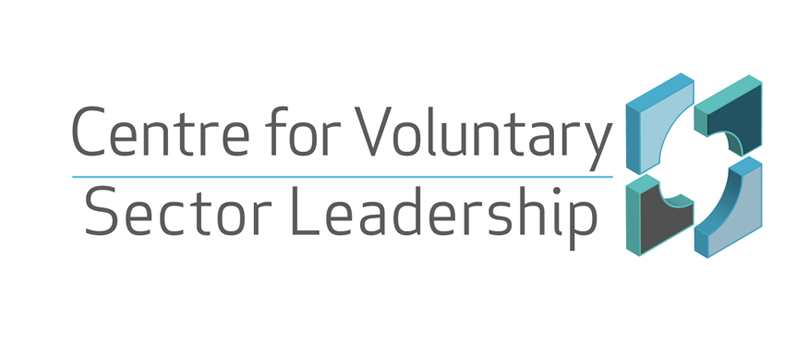4.2 Power asymmetry
The work of the mobilisers could be described as a collaboration or partnership between the council, Community Action: MK and citizens, through which power to shape the local community is shared – albeit not necessarily shared equally. However, attempts to collaborate across organisational boundaries are not always characterised by a shared approach to power. Instead, collaboration may simply highlight power asymmetry – the differences in resources (financial and otherwise), knowledge and expertise and the importance or position of collaborating organisations.
This asymmetry is evidenced in the complex collaborative arrangements between voluntary organisations and public agencies. Before becoming a lecturer, Carol worked in the children’s services field in which collaboration between voluntary and public sectors was a daily reality in the endeavour to integrate services for families and increase child wellbeing. Leaders from both sectors met regularly in planning forums and working groups, as well as on the frontline of service delivery. Much of this work was driven and sustained by government policy and funding channelled through public sector agencies to achieve that policy. In practice, this meant that the public agencies wielded power over the voluntary organisations through formal commissioning arrangements, but also through the ability to determine priorities in line with government policy.
The voluntary sector literature raises important questions about how power is shared (or not shared) in such contexts, and what the implications are for voluntary organisations, where collaborating organisations have different resources, knowledge and expertise, influence and importance. In particular, commentators have increasingly raised concerns about the impact of collaborating with public agencies on voluntary organisations and their independence. Some have proposed that collaboration within the sector provides a way forward to address sectoral imbalance. However, you may have some hesitation in accepting that in-sector collaboration is necessarily a way to tackle power asymmetries. This may be because experience tells you that even within the sector well-intentioned organisations and their leaders find themselves in competition and conflict with each other.
4.1 Partnership and participation
